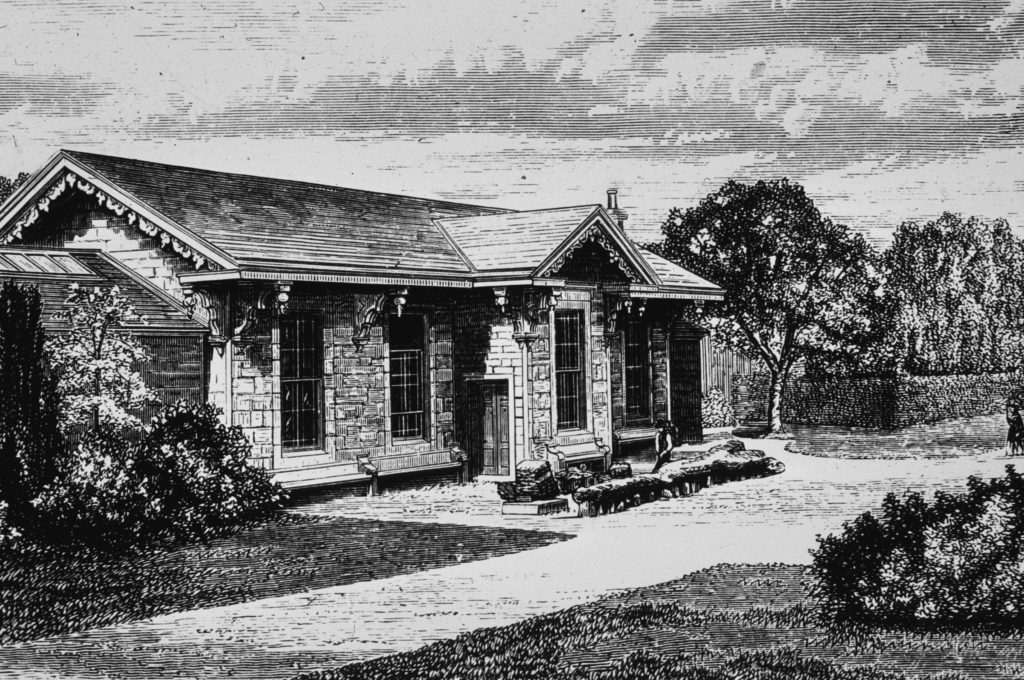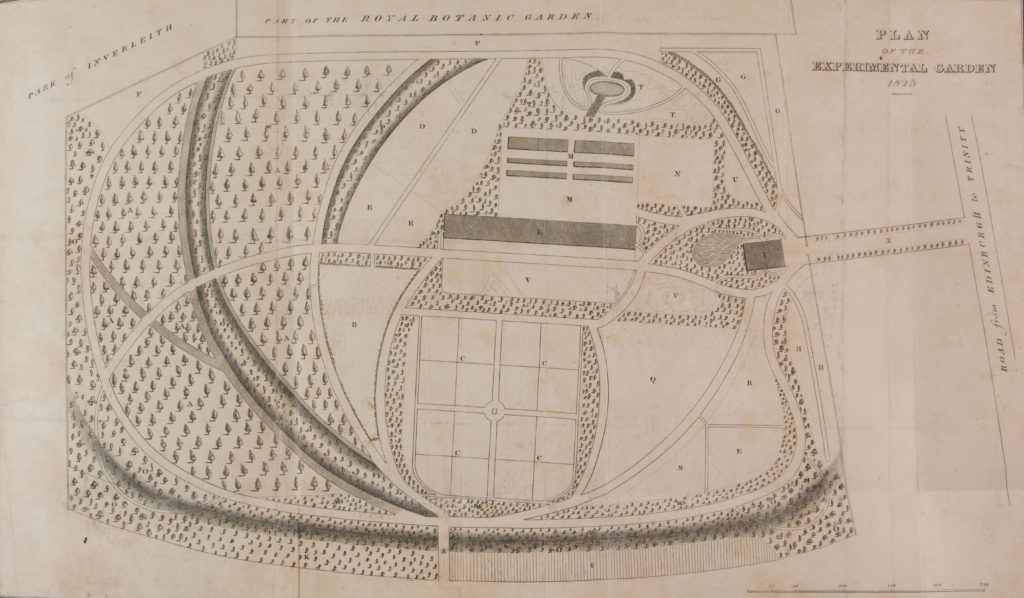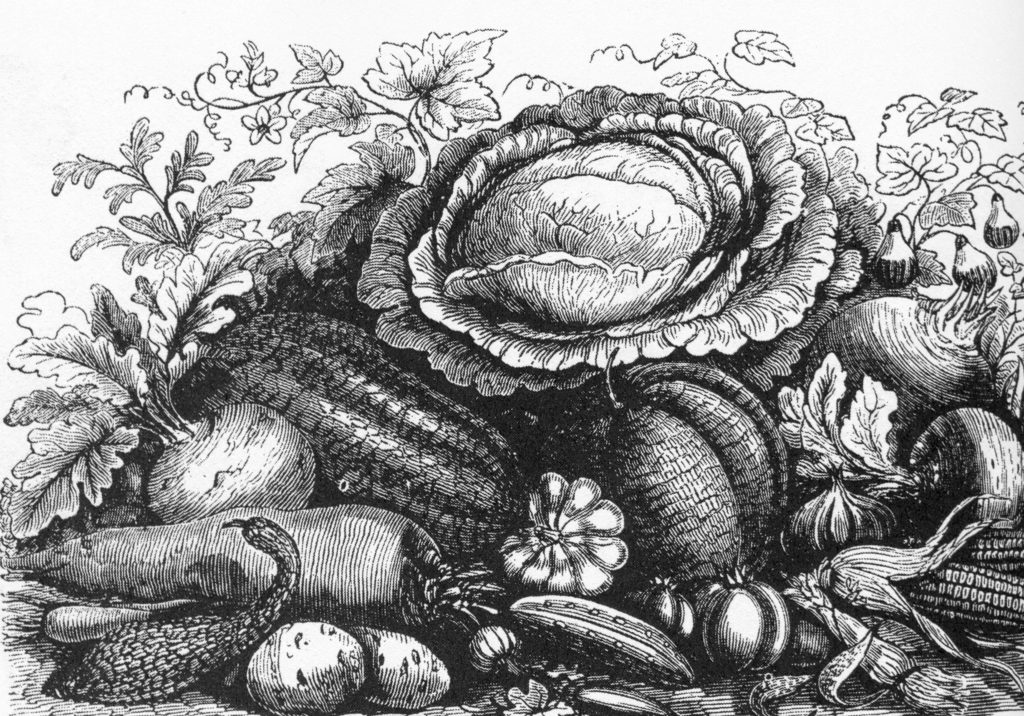
This building is named in honour of the Royal Caledonian Horticultural Society (RCHS, often known as the ‘Caley’). They commissioned its construction in 1841, primarily as an exhibition hall for its flower shows, to be staged in the heart of the Society’s garden.
From 1864 until 1964, it housed the Herbarium, the Royal Botanic Garden Edinburgh’s vital scientific reference collection of preserved plants, which now amounts to more than three million dried and pressed specimens – a real dictionary of the plant kingdom. This invaluable resource is now located in the dramatic white Herbarium and Library Building in the north east corner of the RBGE.
Today the Caledonian Hall is an occasional venue for shows and exhibits, but is primarily used as an exclusive venue for Garden, corporate and private events, including weddings and other receptions.
The Caledonian Hall forms part of our Garden Buildings Tour. Why not visit some of the other historic structures within the garden?
The Caley Garden & the Botanics
Only three years before the setting up of the RCHS Experimental Garden, the RBGE had begun to occupy the more extensive grounds to the north, having relocated from a previous smaller site beside the high road from Edinburgh to the Port of Leith. The RBGE Regius Keeper of the day, Professor Robert Graham, was delighted to support the presence of the Caley’s Experimental Garden, as it greatly assisted the development of his own site: ‘…the south aspect is kept open and free from smoke whereas if streets had been built the lower part of the Botanic Garden would have been shaded.’

When the RCHS lapsed into financial difficulties in 1856, there was a great risk that their grounds and facilities would be lost to housing after all. However, thanks to sustained lobbying led by William Gibson Craig (an Edinburgh MP, who is commemorated by a nearby specimen tree) the acreage was finally, in 1864, incorporated into the adjacent RBGE.

The RBGE’s Rock and Scottish Heath Garden now occupy much of the original site, but the Caledonian Hall provides lasting testimony to the earlier history of this location, to its important part in the development of agriculture and horticulture in Scotland and to the special relationship that continues between the RBGE and the Caley.
